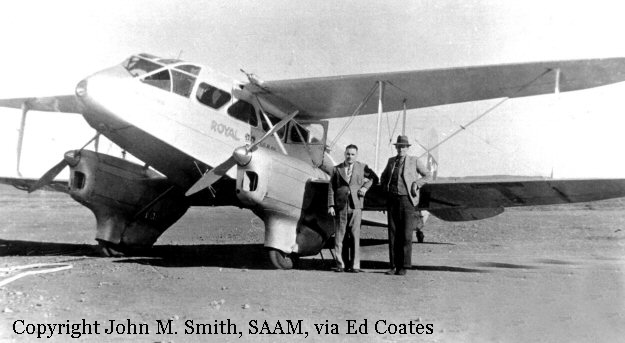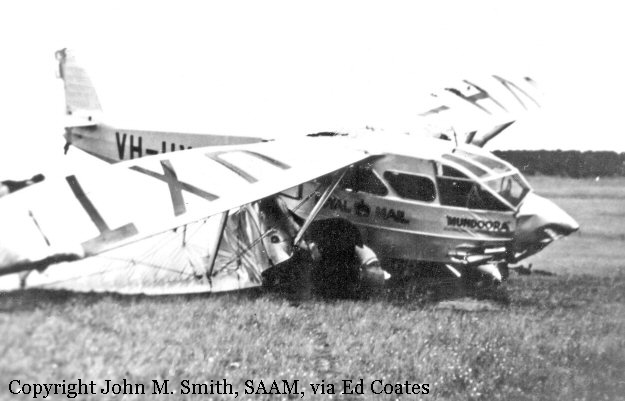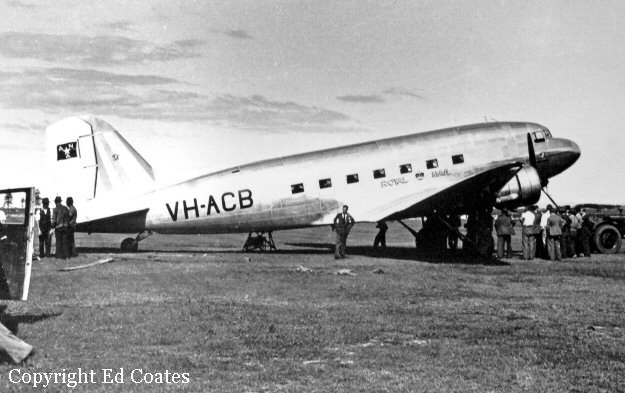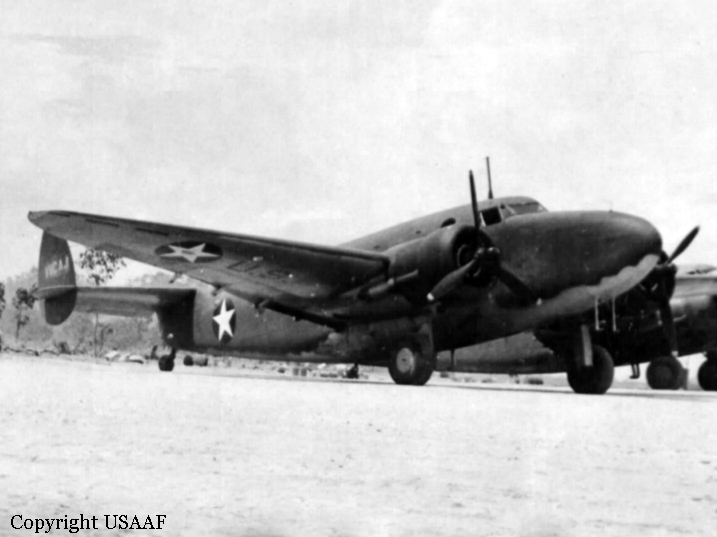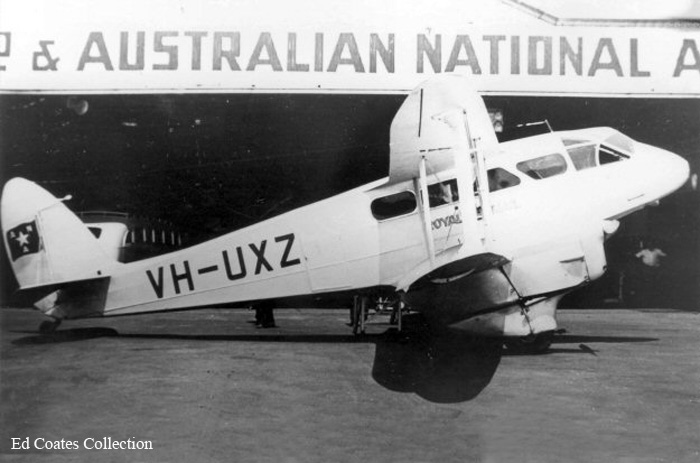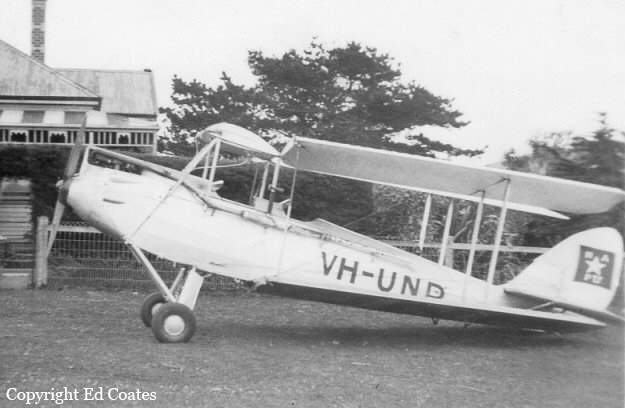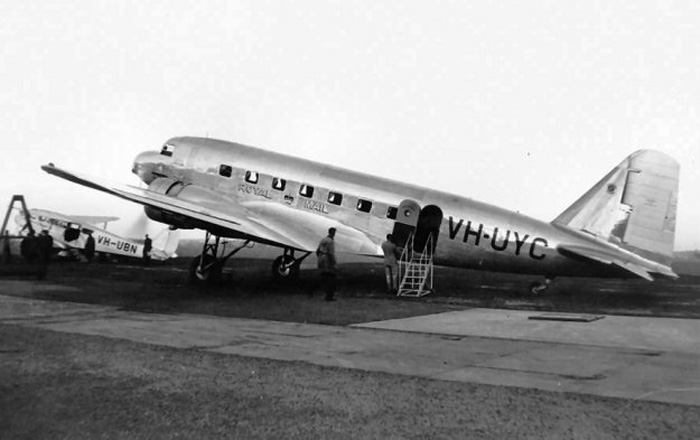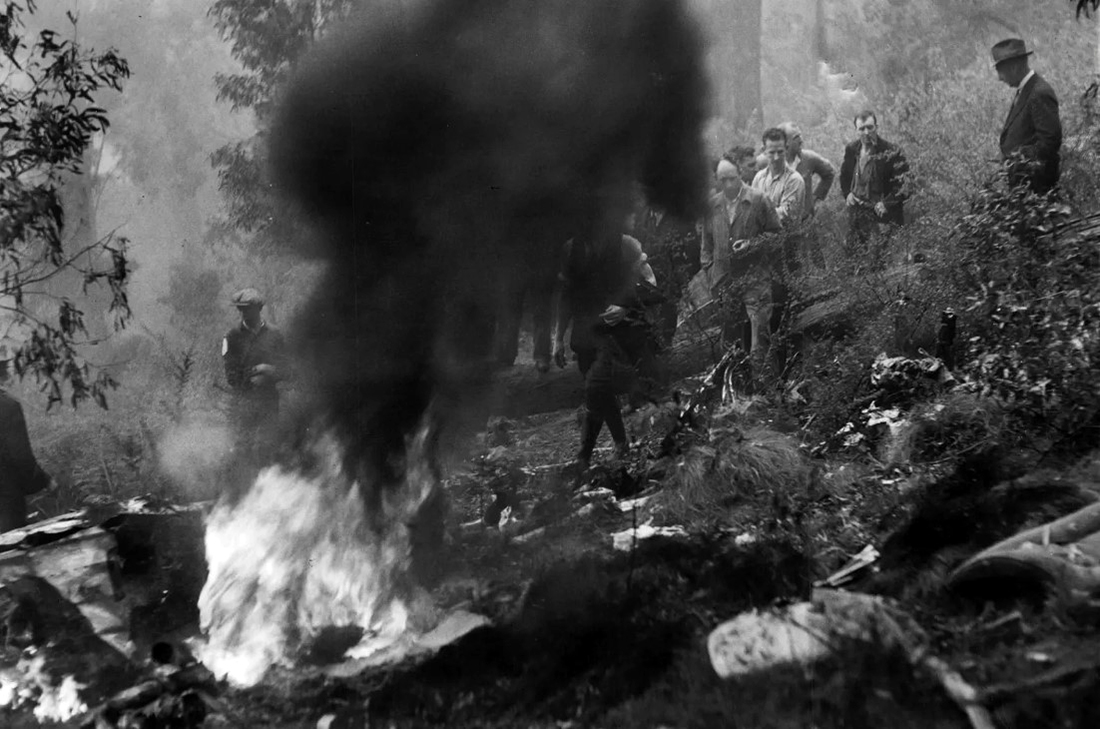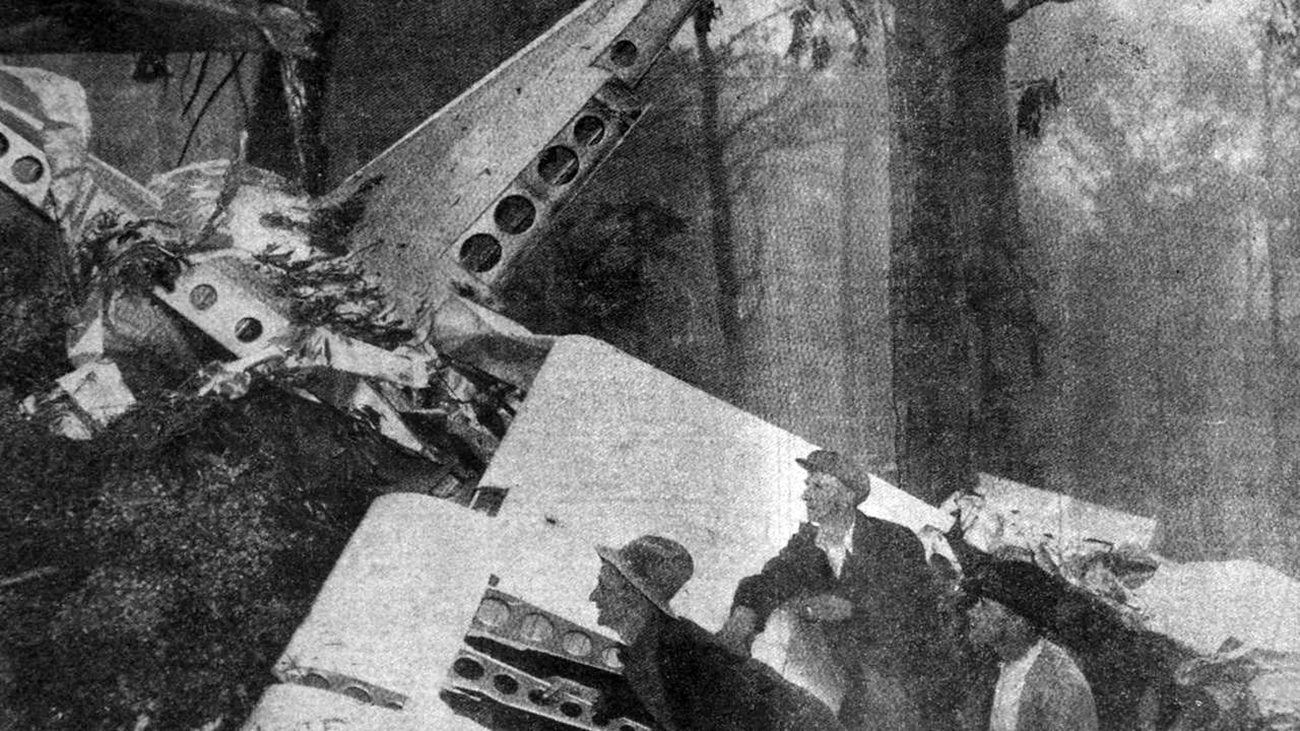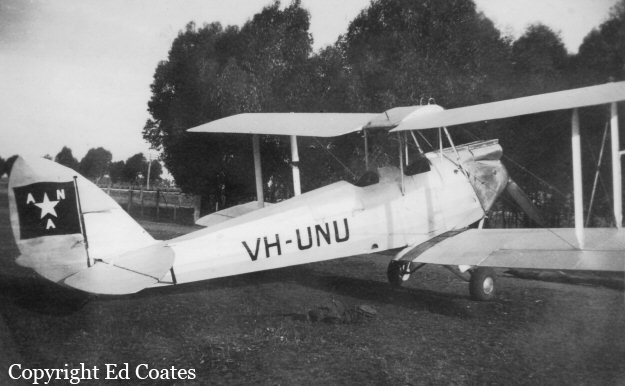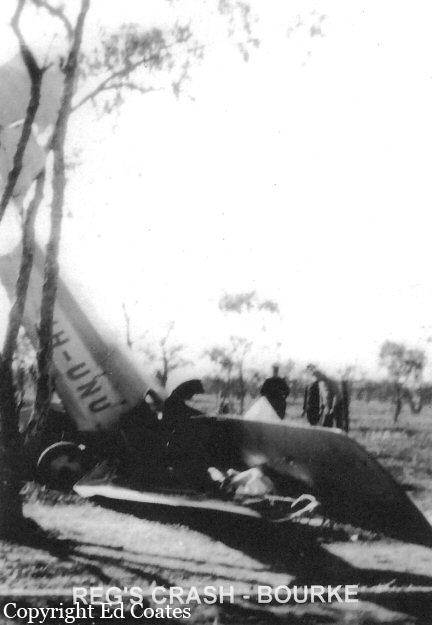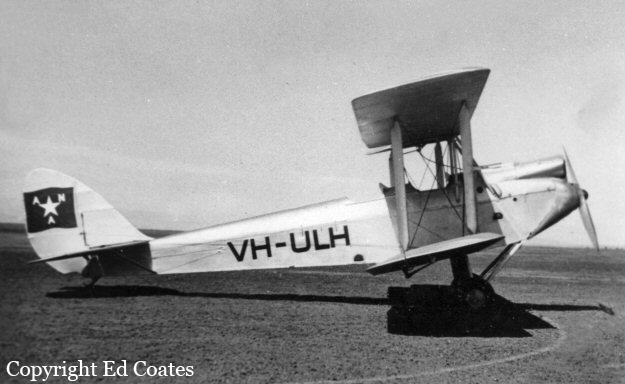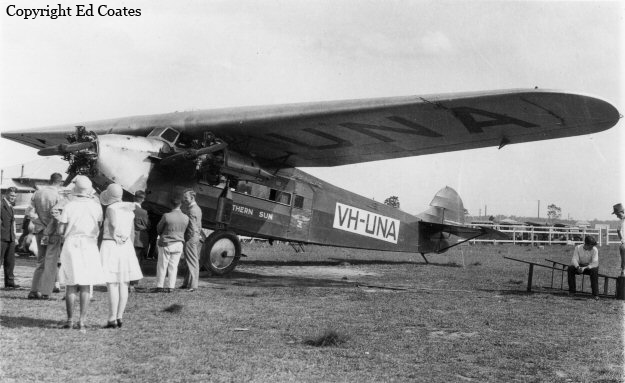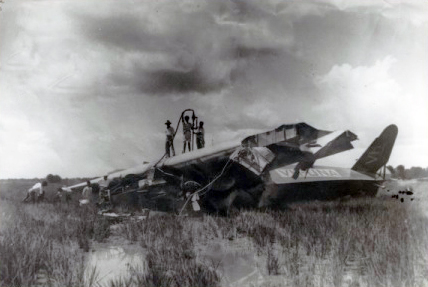Crash of a De Havilland DH.89 Dragon Rapide in Wynyard
Date & Time:
Aug 18, 1943
Registration:
VH-UXT
Survivors:
Yes
Schedule:
Melbourne – Wynyard
MSN:
6346
YOM:
1937
Crew on board:
1
Crew fatalities:
Pax on board:
3
Pax fatalities:
Other fatalities:
Total fatalities:
0
Circumstances:
On touchdown at Wynyard Airport, the aircraft went out of control, veered off runway and collided with a ditch before coming to rest. While all four occupants were uninjured, the aircraft was damaged beyond repair.
Crew:
Cpt F. H. Dawson.
Crew:
Cpt F. H. Dawson.
